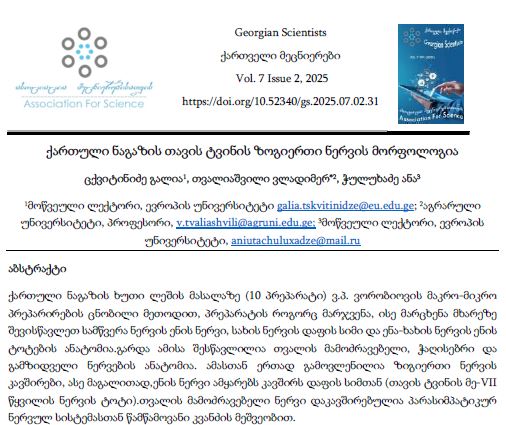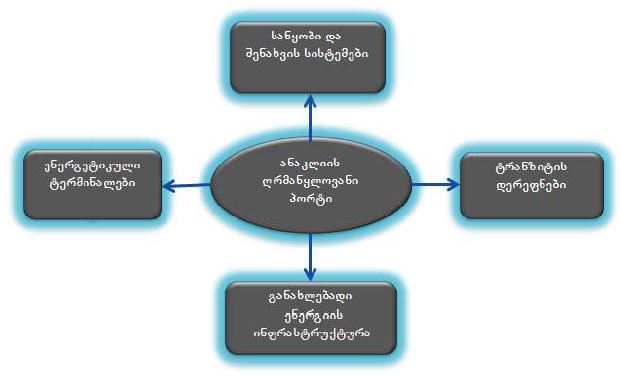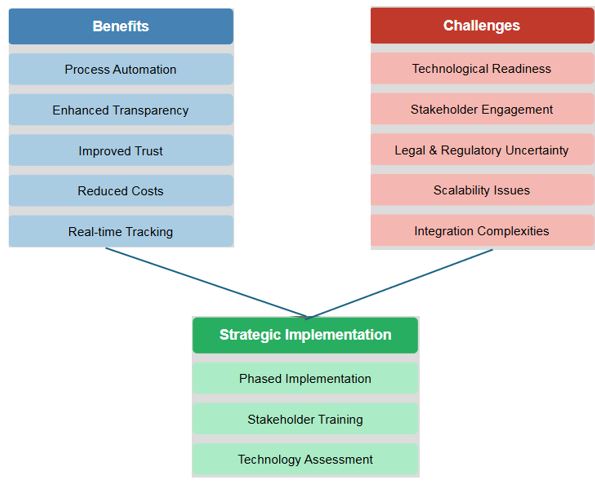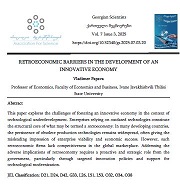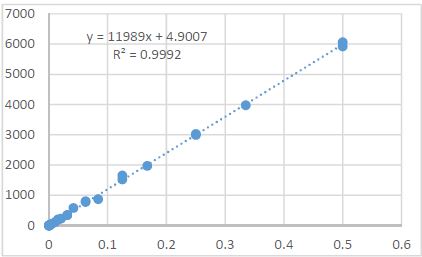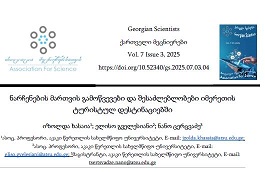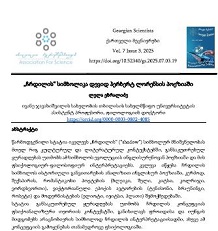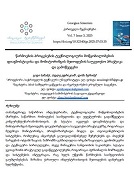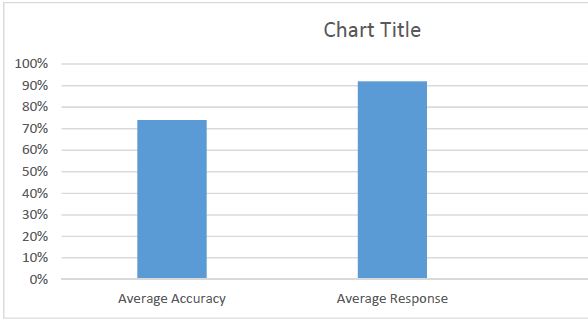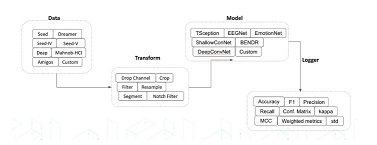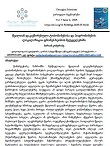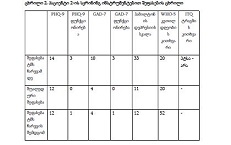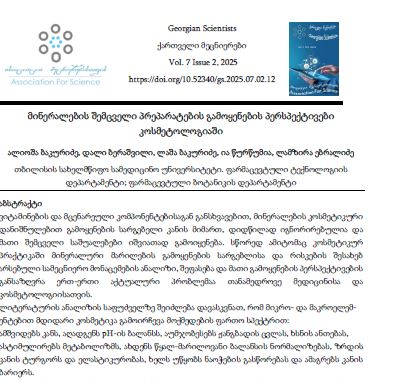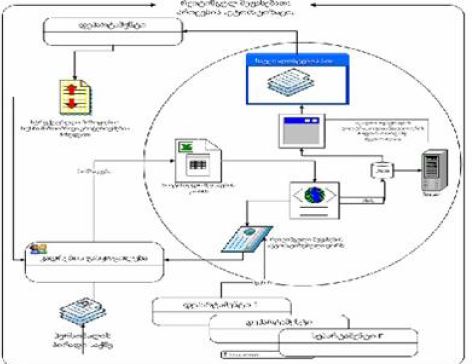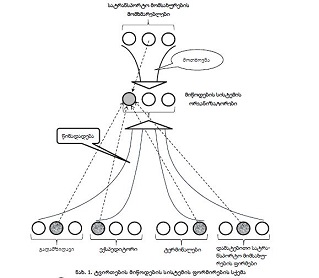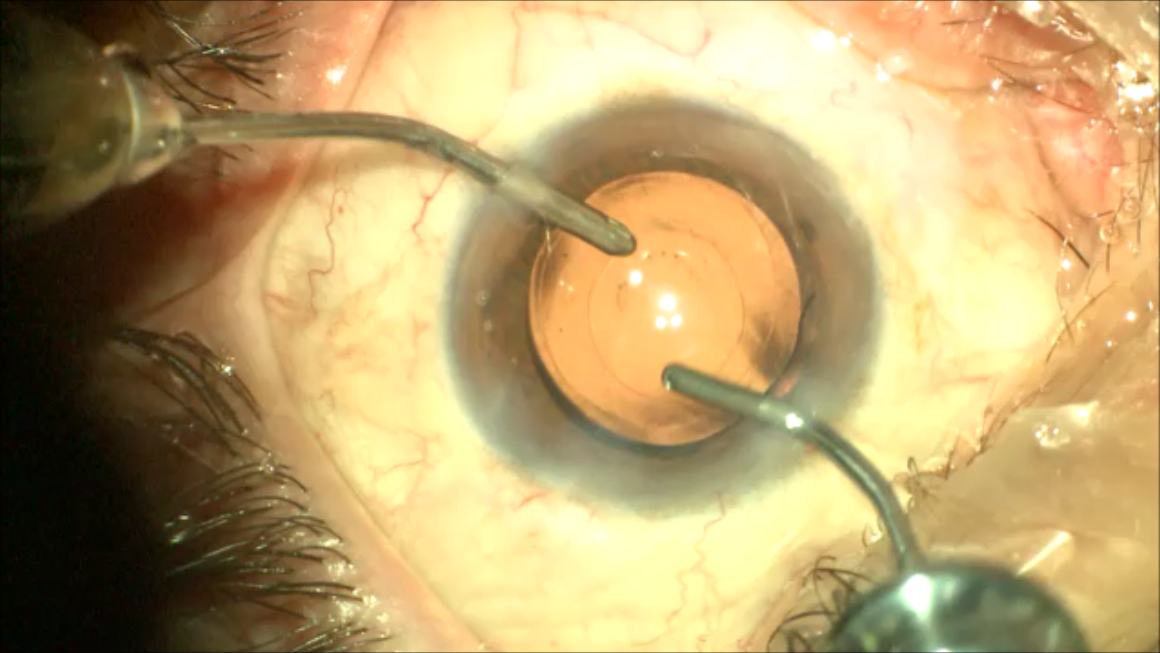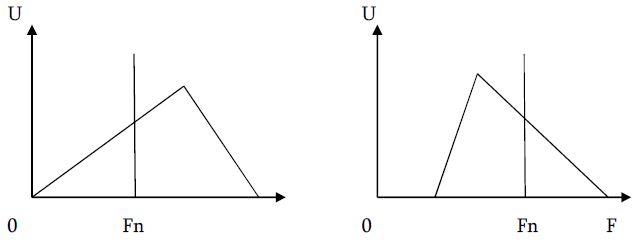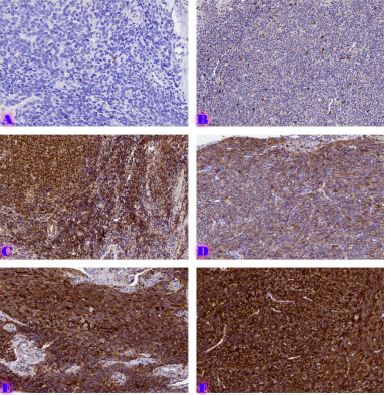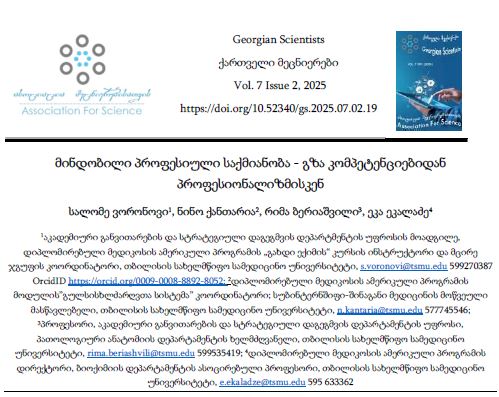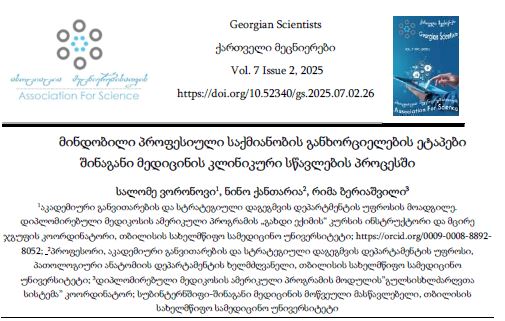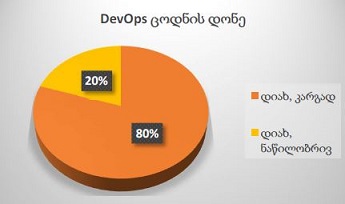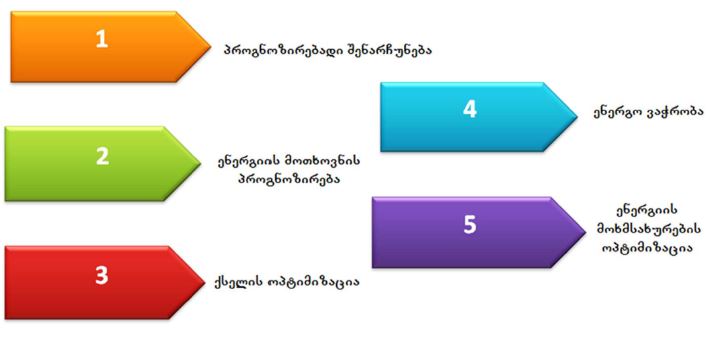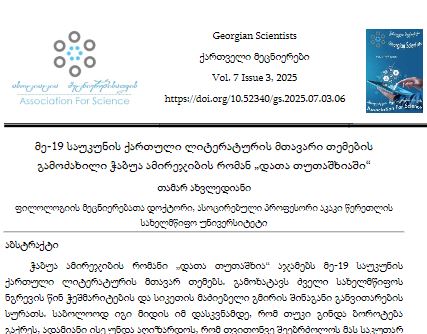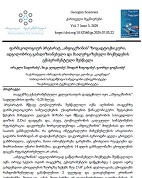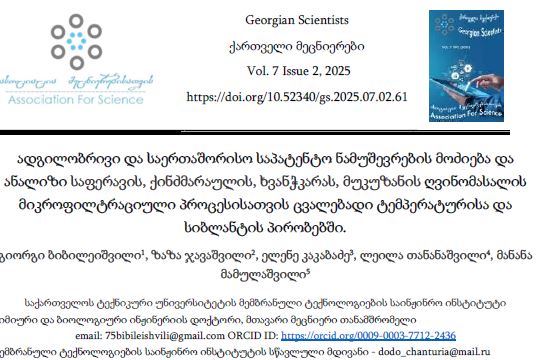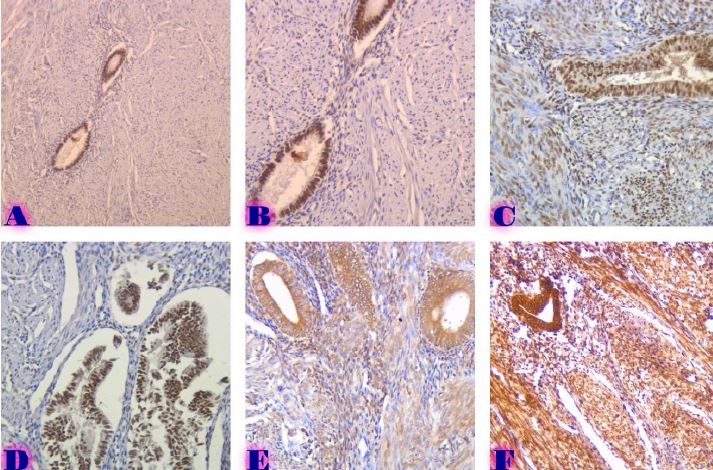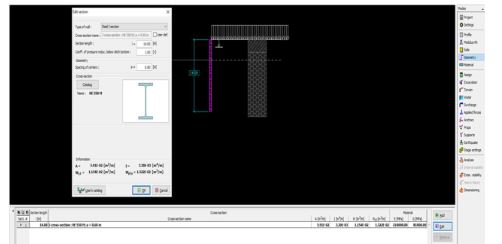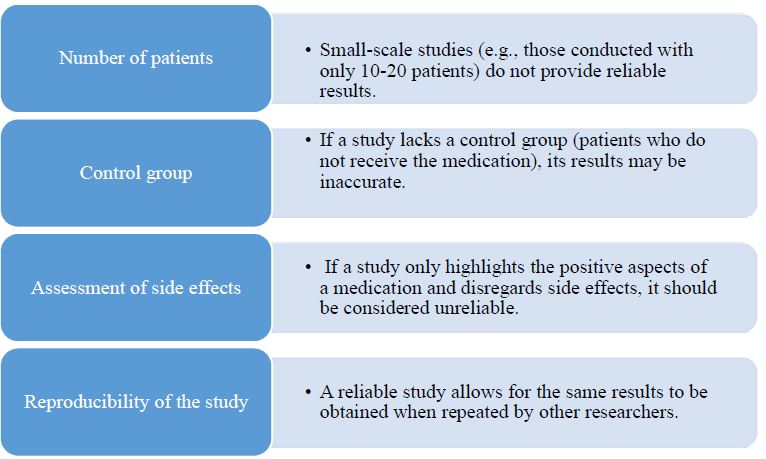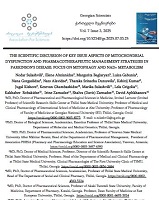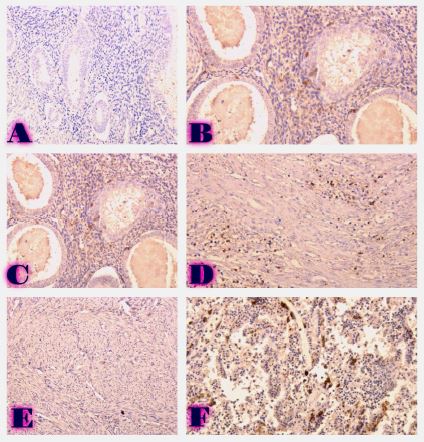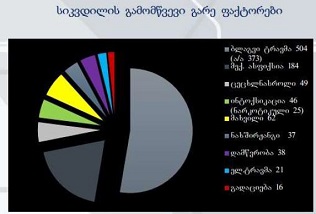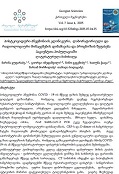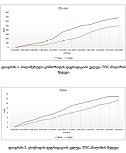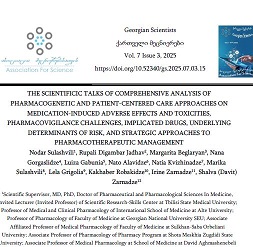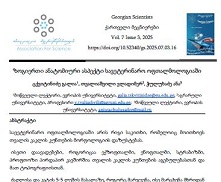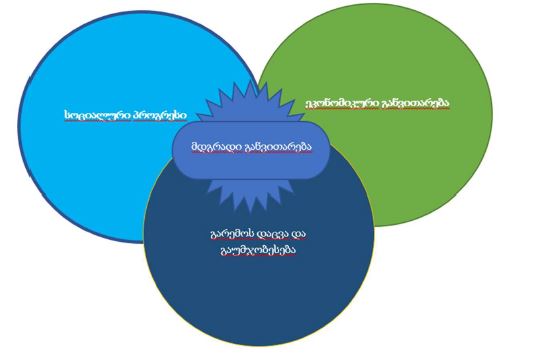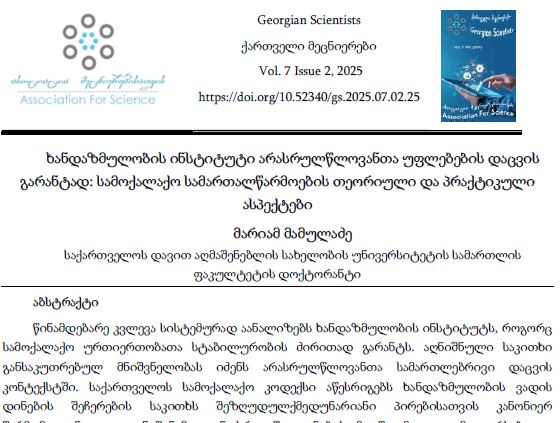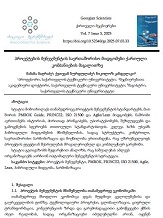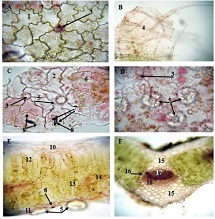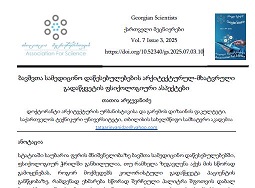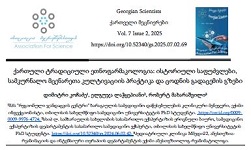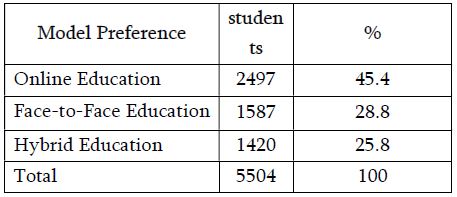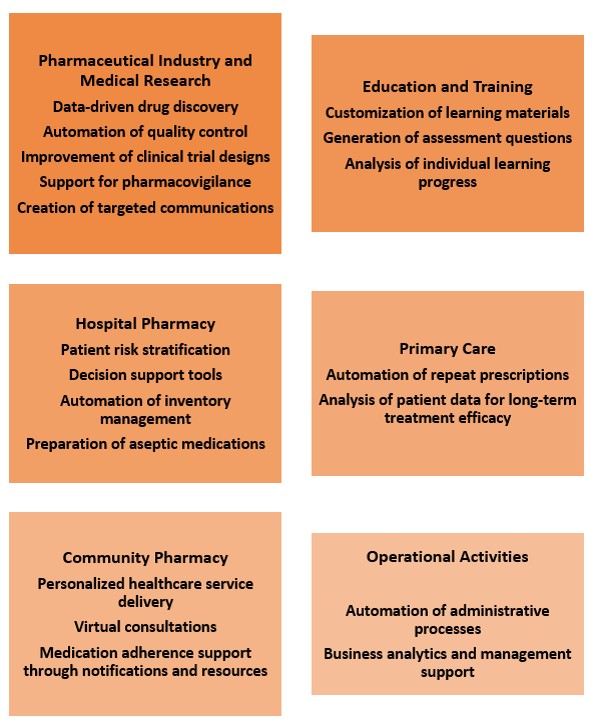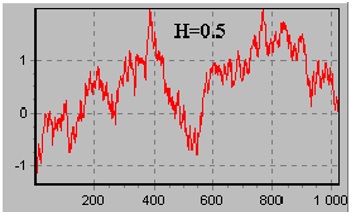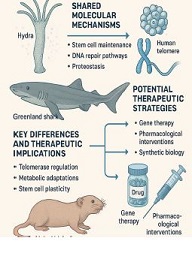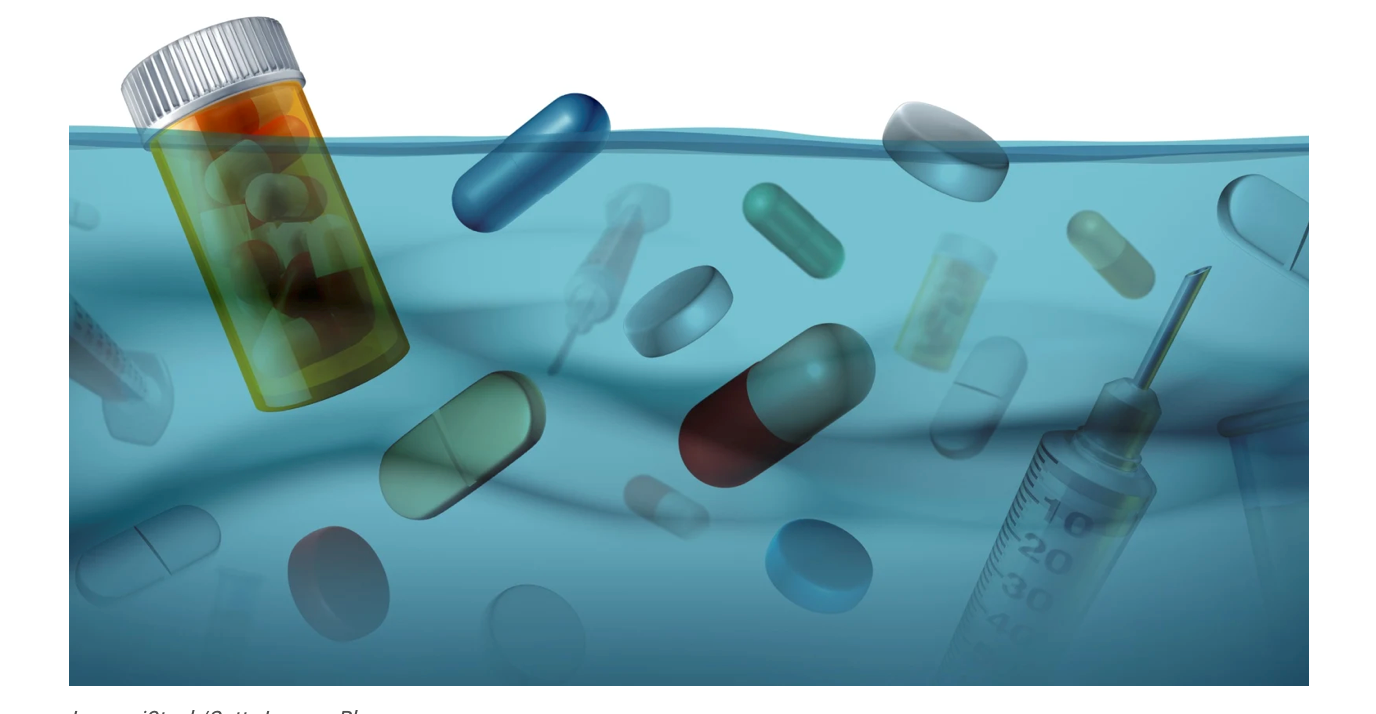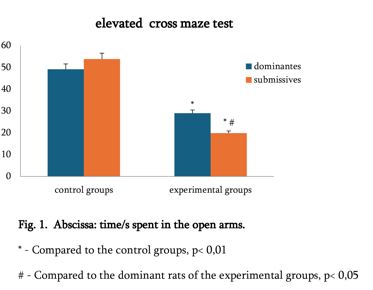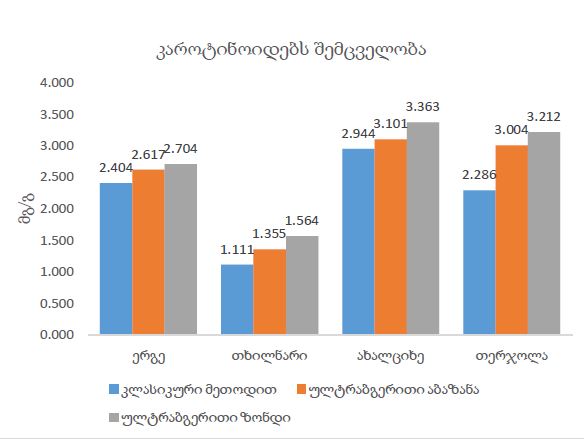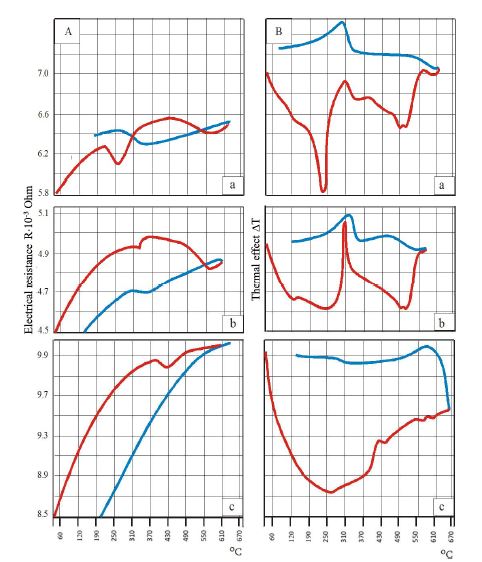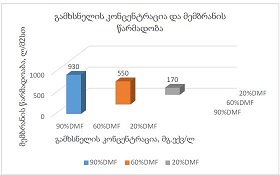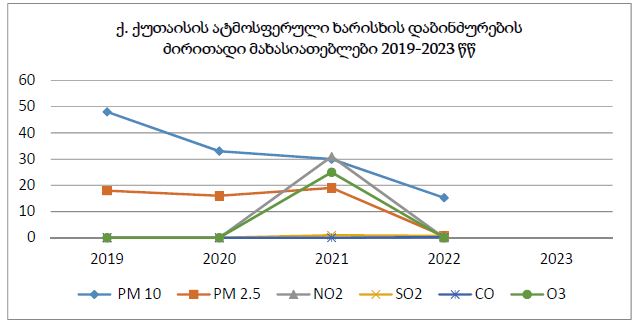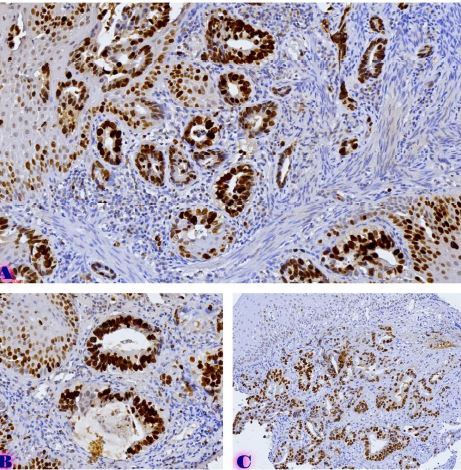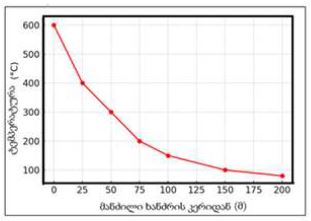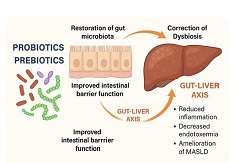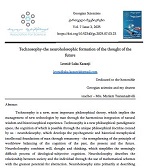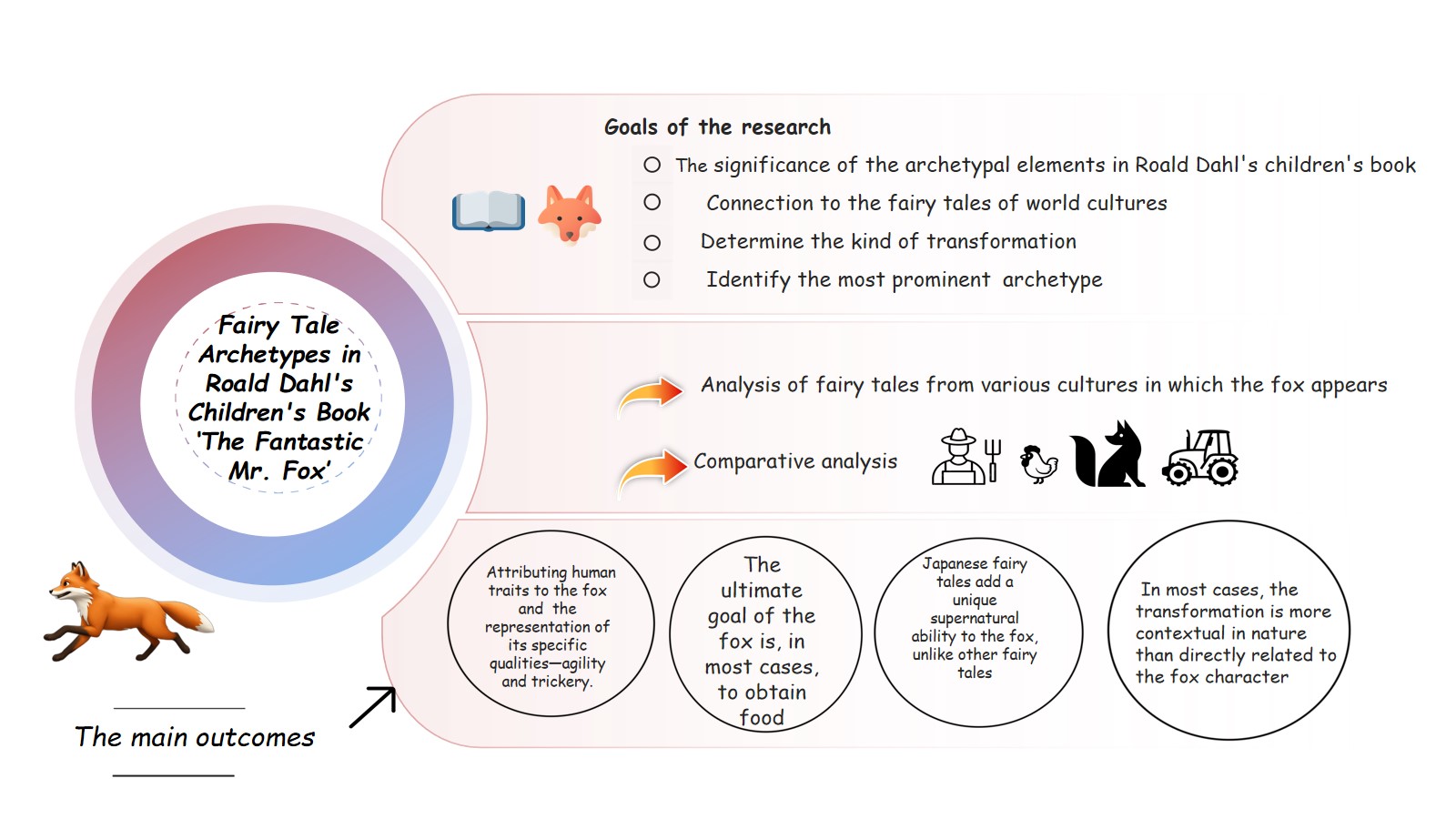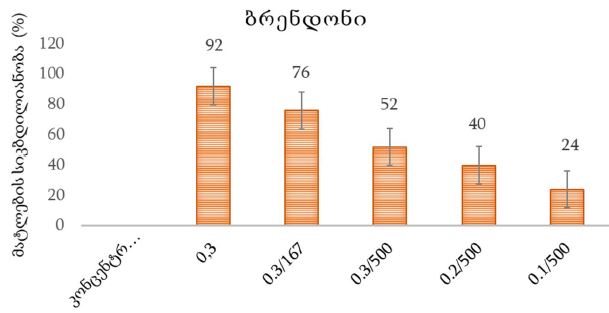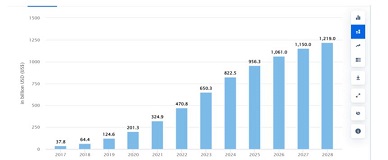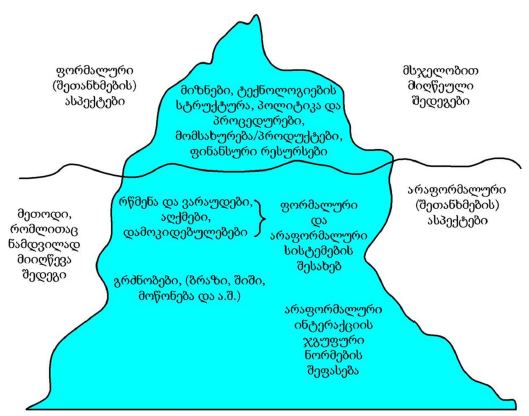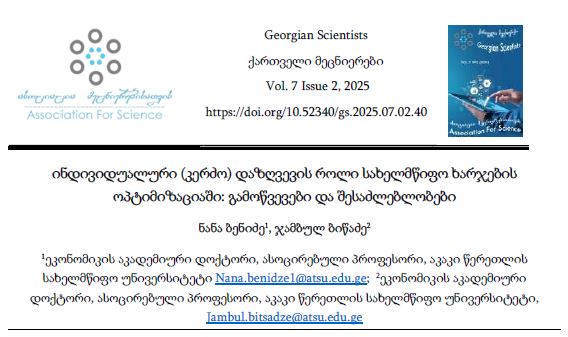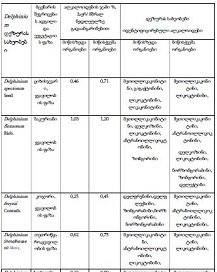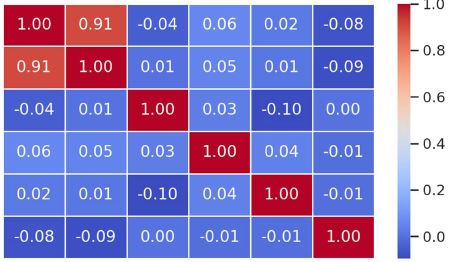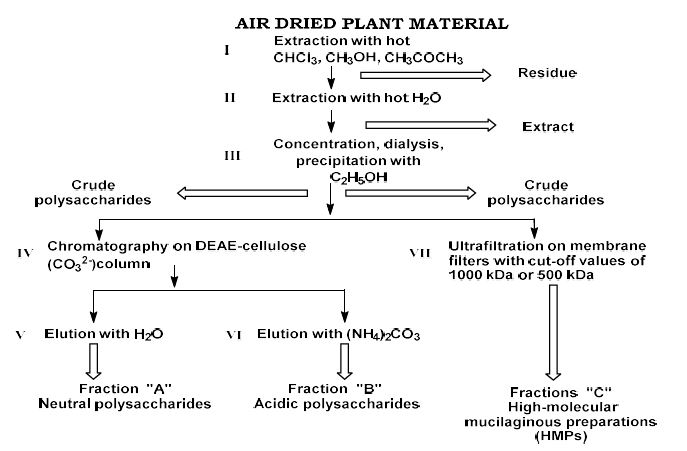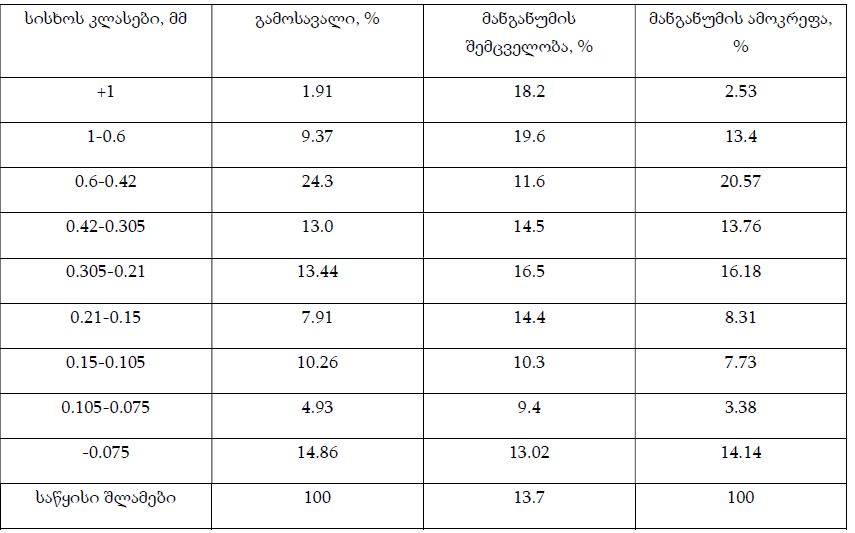Detection of morphological changes in the Turkish hump structure in hyperprolactinemia caused by taking oral contraceptives
Downloads
Hyperprolactinemia remains one of the most common neuroendocrine disorders today. It is manifested by an increase in the amount of the hormone prolactin in the peripheral blood and related changes. At the same time, some authors believe that taking combined estrogen-gestogen drugs in many cases causes such complications as prolactinomas. Published in 2005 four-year follow-up data on 2 groups of women: practically healthy, who took oral contraceptives and those with menstrual dysfunction. The observation was continued in the following years (2006-2019), on practically healthy women who received oral combined estrogen-gestogen preparations for contraception. 152 women were followed for one to three years at different points in time. An X-ray study of the Turkish humpback was performed while receiving high levels of prolactin in the peripheral blood. If necessary, computed tomography. In the first group, 85 women received oral combined estrogen-gestogenic preparations for one year continuously, in the second group 67 women, for more than one year continuously, for a maximum of 3 years.
- In the first and second groups, a slight one-time increase in prolactin level was detected as a temporary reaction and adaptation to the drug.
- A significant increase in prolactin level was detected in the first and second groups. It was recommended to stop the drug and to have a radiograph of the Turkish hump and additionally sent for a computed tomography. Morphological changes in the Turkish hump and pituitary structure were confirmed in 8 cases in both groups. Endocrinologist consultation and treatment were recommended.
Downloads
ლომსიანიძე თ. ჰიპერპროლაქტინემიის გამოვლინება კომბინირებული ორალური კონტრაცეპტივების მიღებისას და მენსტრუალური ფუნქციის დარღვევის დროს. მე-3 საერთაშორისო სამეცნიერო კონფერენცია ბიოლოგიისა და მედიცინის აქტუალური პრობლემები. შრომათა კრებული. თბილისი 2005 წელი. გვ. 110-113
სოხაძე ხ. რეპროდუქციული ფუნქციის დარღვევები ქალებში ჰიპერპროლაქტინემიის სხვადასხვა ფორმებით, მათი მართვის პრინციპები და მკურნალობის შედეგები-მედიცინის დოქტორის აკადემიური ხარისხის მოსაპოვებლად წარმოდგენილი დისერტაცია თბილისი 2021
Klibanski A. Prolactinomas. N Engl J Med. 2010; 362: 1219-26.
Melmed S, Casanueva FF, Hoffman AR, Kleinberg DL, MontoriVM, Schlechte JA et al. Diagnosis and treatment of hyperprolactinemia: an Endocrine Society Clinical Practice Guideline. JClin Endocrinol Metab. 2011; 96: 273-88.
Casanueva F, Molitch M, Schlechte J, Abs R, Bonert V, Bronstein MD, et al. Guidelines of the Pituitary Society for the diagnosis and management of prolactinomas. Clin Endocrinol (Oxf). 2006; 65: 265-73.
Molitch ME. Medication-induced hyperprolactinemia. Mayo ClinProc. 2005; 80: 1050.
Ikeda H, Abe T, Watanaba K. Usefulness of composite methionine-positron emission tomography/3.0-tesla magnetic resonance imaging to detect the localization and extent of early-stage Cushing adenoma. J Neurosurg. 2010; 112: 750-5.
Gillam MP, Molitch ME, Lombardi G, Colao A. Advances in the treatment of prolactinomas. Endocr Rev. 2006; 27: 485-534.
Schlechte J, Dolan K, Sherman B, Clapler F, Luciano A. The natural history of untreated hyperprolactinemia: a prospective analysis. J Clin Endocrinol Metab. 1989; 68: 412-8.
Massoud F, Serri O, Hardy J, Somma M, Beauregard H. Transsphenoidal adenomectomy for microprolactinomas: 10-20 years of follow-up. Surg Neurol. 1996; 45: 341-6.
Brada M, Ajiyhkumar TV, Minniti C. Radiosurgery for pituitary adenomas. Clin. Endocrinol (Oxf). 2004; 61: 531-4.
Molitch M. Prolactinomas and pregnancy. Clin Endocrinol (Oxf).2010; 73: 147-8.
Дедов И.И., Мельниченко Г.А., Романцова Т.И. Синдром гиперпролактинемии. М: Триада 2004; 304.
Дедов И.И., Мельниченко Г.А., Романцова Т.И., Рожинская Л.Я., Дзеранова Л.К., Иловайская И.А., Далантаева Н.С., Бармина И.И. Гиперпролактинемия. Современные подходы и старые проблемы. Вестник репродуктивного здоровья. 2009; 2: 2-8.
Иловайская И.А. Диагностика и лечение гиперпролактинемии: клинические рекомендации Международного эндокринологического общества и взгляд российских экспертов. Акушерство и гинекология 2012; 1: 2-7.
Мельниченко Г.А., Марова Е.И., Дзеранова Л.К., Вакс Гиперпролактинемия у женщин и мужчин: Пособие для врачей. М. 2008.
Copyright (c) 2024 Georgian Scientists

This work is licensed under a Creative Commons Attribution-NonCommercial-NoDerivatives 4.0 International License.





